Japan – Part 3
The final part of my Japanese wildlife blog focuses on the bird life of Kyoto Imperial Palace Park. Kyoto is so different compared to the neat, reserved, business city of Tokyo, it’s more vibrant, and full of temples with little green spaces tucked in everywhere. Down by the river, Grey Herons, Little Egrets and Great White Egrets patrol the shallow waters. Large shadows lurk beneath, curving carp winding themselves slowly around the rocks. Eastern Spot-billed Ducks (Anas zonorhyncha) dabble at the waters edge, rather plain and brown at first glance, but a closer looks reveals an attractive cream eye stripe, a pretty little duck. Walking along the concrete footpath alongside the gently flowing waters I’m amazed to see a large raptor circling overhead, a Black-eared Kite (Milvus lineatus). It glides up to perch on a roof top, surveying it’s urban territory. Back home this is how our Red Kites used to be seen, back when they were common and un-persecuted, cleaning up scraps in our cities.
I visited the Kyoto Imperial Palace Park for my final photography session, it was hot and intensely humid, the air thick and uncomfortably close. I headed over to a little stream, and found some birds drinking and cooling off. Overhead the familiar ‘zip-zip-zip’ calls of a group of Long-tailed Tits (Aegithalos caudatus), the adults bringing the youngsters down to drink.
Although incredibly neat and tidy, the park also has areas where the grass grows a little longer around the huge old trees. In a pine tree I find a juvenile White-cheeked Starling (Sturnus cineraceus), just like our own Starling, they are highly social, feeding together on the ground in just the same manner. The adult birds are pied black and white, with white cheeks as the name suggests and a vivid yellow bill. We saw them going to roost near the station too, a noisy flock murmurating around the rooftops, just like their European cousins, then waterfalling down into the trees outside the station as night fell.
Then the bird I’ve been waiting for. Regular readers (thank you!) will know just how much I love our sadly declining European Turtle Dove. Well, Japan has it’s own version, the Oriental Turtle Dove (Streptopelia orientalis). By contrast this bird is common, strolling boldly around the parks in a way that our native Turtle Dove cannot. There are subtle differences between the two closely related species, the oriental dove is darker, it’s feathers a deeper browner hue, and it’s larger, bigger overall and not quite as sleek and slim as our own. It’s call is very different, a gentle cooing very similar to a Collard Dove, nothing like the musical purring of our European dove. To me it was stunning to see them, so many, so common, so relaxed. It was a delight to watch eight of these beautiful birds forging in the deep shade of the old trees, a pleasure to see a species doing well, but with a twinge of sadness remembering that back home, our own beautiful dove is having such hard time.
Taking a break in the marginally cooler shade of the cherry trees, a tiny movement catches my eye. Olive green and difficult to spot amongst the foliage, a flash of intense yellow, and then finally in my viewfinder, a startling white eye-ring. This is the Japanese White-eye, (Zosterops japonicus), so unlike anything we have in the UK. The colour of it’s back matching the lush green leaves like a chameleon, only giving itself away with a flash of it’s beautiful buttery yellow throat, and weird white spectacles. This tiny bird is about the size of our Goldcrest, and this particular individual spent a long time attempting to swallow this large cherry. Fruit is a big part of this omnivorous bird’s diet in the summer.
My last photos are of our constant companions. Wherever we went in Japan there were these little birds, incessantly chirping and reminiscent of home. Sparrows, they can be found almost anywhere, the shrubs outside our hotels, the bushes near the rivers, looking for crumbs near the temples, and here in the park too. But these are Tree Sparrows (Passer montanus) again, uncommon in the UK, so such a treat to see them up close. Such a handsome little bird.
I had a wonderful time in Japan, and would love to visit again one day! There is so much wildlife to explore, even in a country as densely populated as this. I could easily spend months photographing in this friendly place, a fantastic experience.
(Click images to view larger…)
If you like what you see, please consider sharing![social_share/]

Follow me on Facebook: https://www.facebook.com/DawnMonroseNaturePhotography

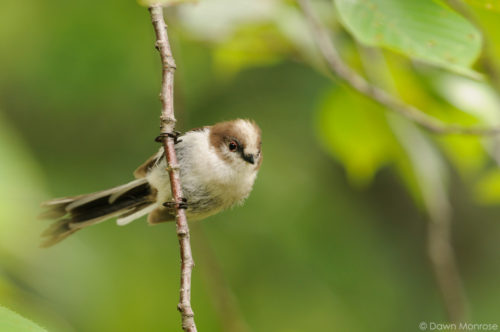
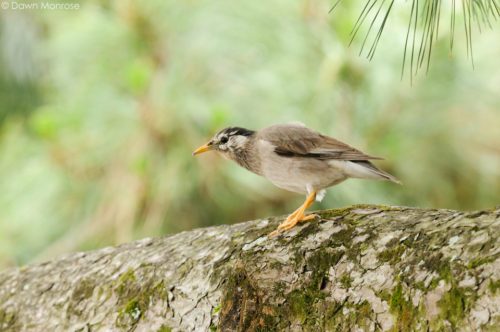
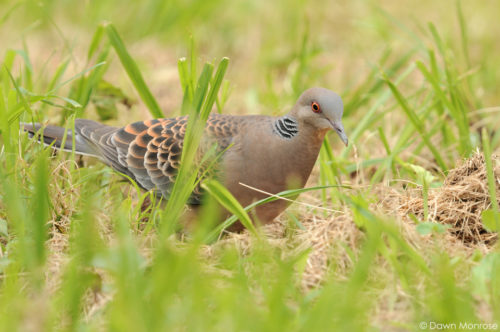
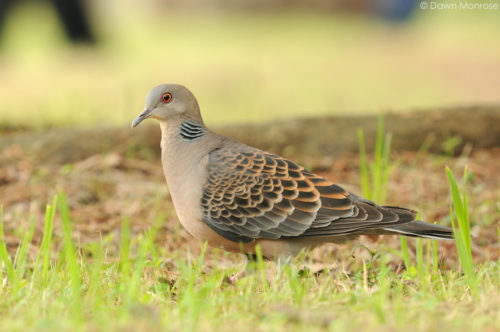
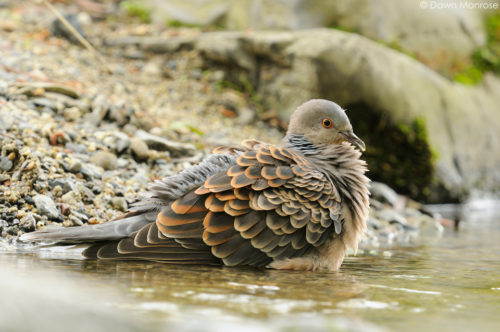
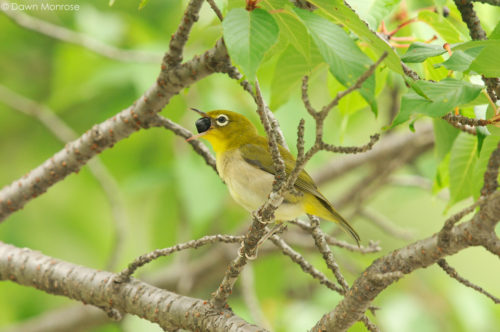
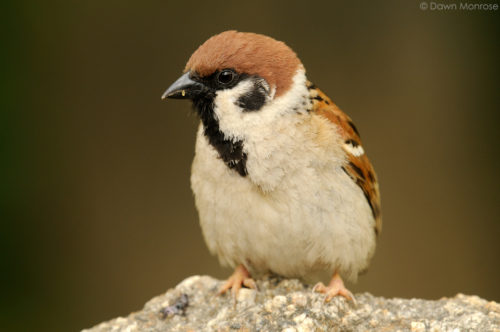
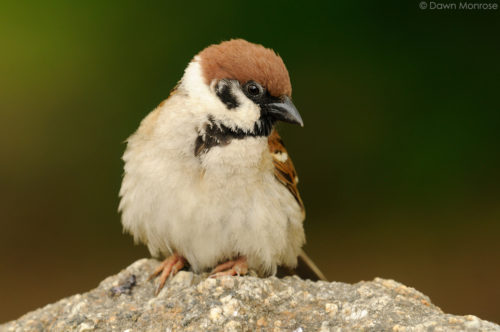
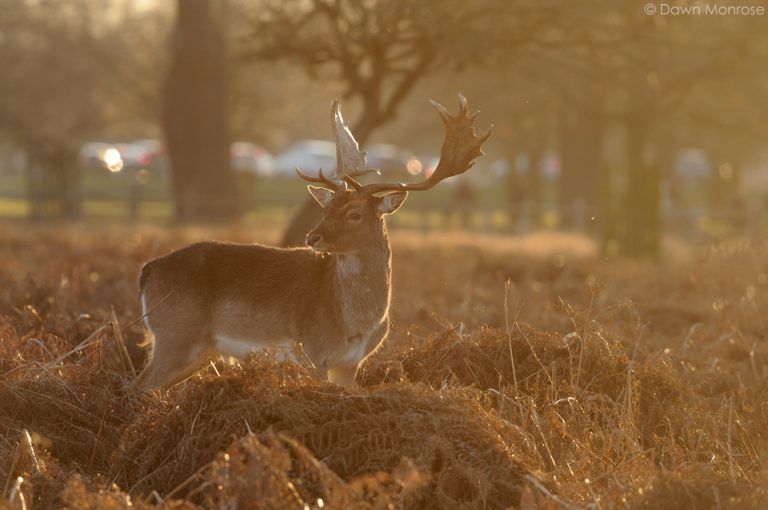
As enjoyable and informative as ever, I didn’t want the narrative to end!
I particularly liked the Turtle Dove images.
Lovely images and lovely words too. The way you describe everything makes me feel that I am there with you. Well done.
I have to agree with both the previous comments, I felt as if I was there and that I didn’t want it to end. Such lovely clear and vivid pictures. I hope you get back there one day. Thanks for such moving account of you special holiday.
Such wonderful photos and narrative, feels like I’ve been there with you.
Thank you all very much, much appreciated! 🙂